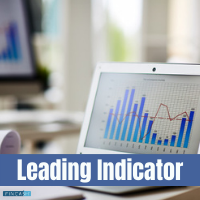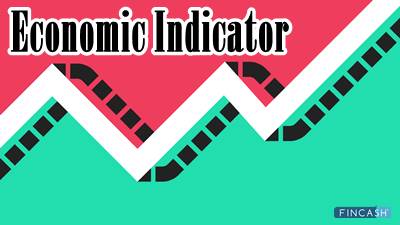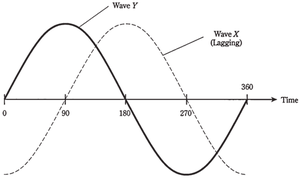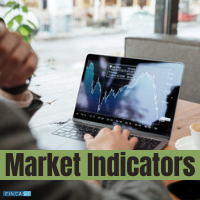
Table of Contents
Leading Indicator
What is a Leading Indicator?
A leading indicator refers to a measurable variable of interest that can be observed and predicts changes or movement in data series, trend, process and other phenomena before it occurs. Economic indicators are used to forecast changes before the rest of the Economy starts to move in a specific direction. It also helps policymakers and observers of the Market to predict important changes in the economy.

This indicator is useful in predicting timing, future business and Economic Conditions including magnitude. This is directly in contrast with the Lagging Indicator. It is important for leading indicators to be measurable so that they are able to provide hints as to where the economy is headed. Investors can use these indicators to guide them and their strategies to expect future market conditions.
Policymakers can use them for creating monetary policies, while businesses can use them to create strategic decisions with future markets in mind.
Leading indicators are usually based on aggregate data gathered by reliable sources that are focused on various areas of the economy. For instance, the observers and economists who intently watch and track the Purchasing Managers Index (PMI) to predict growth in a nation’s Gross Domestic Product (GDP) due to changes in demand required materials from corporations.
Investors and Leading Indicators
Investors also pay attention to the same leading indicators as economists, but they will focus largely on indicators focusing on the stock market.
For example, in a country, when the claim of unemployment increases, it shows a negative effect on the stock market. But, when the unemployment claim falls, the stock markets are impacted positively since it shows companies are growing.
Talk to our investment specialist
Business and Leading Indicators
Businesses track their balance sheets and bottom lines. However, the business’ performance history does not necessarily talk about how it will perform in the future.
Therefore, businesses pay much of their attention to performance such as customer satisfaction. This will help gauge future revenue and profits. For instance, business XYZ gets a negative comment on their social media page about their product. This may negatively impact their brand image. But helping keep customers satisfied with regular communication and grievance addressing will help them rebuild a brand image.
All efforts have been made to ensure the information provided here is accurate. However, no guarantees are made regarding correctness of data. Please verify with scheme information document before making any investment.












